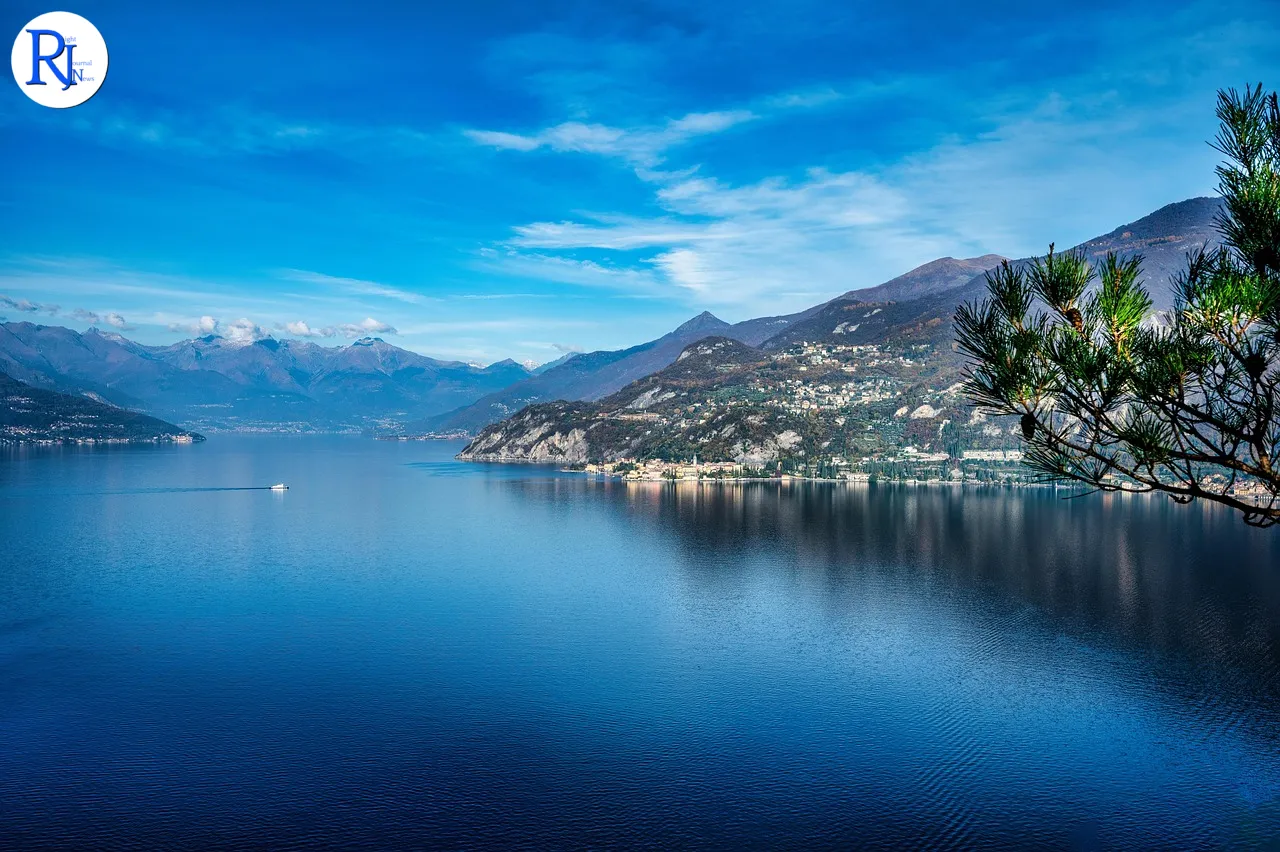Lead:
Lake Como draws weekend travellers with alpine views, elegant villas and easy links from Milan. Its winding shores host historic towns, lidos and gardens that reward a well-planned 48-hour visit. With regular trains from the city and ferries connecting the mid-lake triangle, visitors can see highlights without a car. This guide sets out a clear route through Como, Bellagio and Varenna, explains how to use the ferry network, and flags seasonal details that matter in 2025. It focuses on time-saving tips, simple logistics and realistic choices, so readers make the most of two days on Italy’s most glamorous lake. From cathedral squares to film-famous villas and lakeside walks, the plan balances culture, scenery and slow travel—without rushing.
Context and Timing:
The guidance applies to Lake Como, Lombardy, in northern Italy, as of late October 2025. Trains link Milan to Como year-round, with ferry services operating across the lake, including reduced schedules outside summer. Shoulder-season visitors find cooler air, gentler crowds and shorter daylight hours. Many gardens and attractions maintain limited opening days in late autumn and winter, so travellers should check times before setting out.

Getting there from Milan and moving around the lake
Most weekend trips start in Milan. Direct trains run from Milano Centrale to Como S. Giovanni and from Milano Cadorna to Como Lago. The journey usually takes under an hour, placing travellers on the southern shore by late morning. From either Como station, it is a short walk to the waterfront and piers. Buying train tickets in advance or via official apps speeds things up, especially on busy Fridays and Sundays.
The ferry system forms the backbone of any 48-hour plan. Navigazione Lago di Como operates regular boats and faster services on the central basin, linking Como, Bellagio, Varenna and Menaggio. Ferries run all year, with more frequent crossings in warmer months. In shoulder season, travellers should note earlier last departures and build in extra time for connections. Car ferries operate on key mid-lake routes, but most visitors manage well on foot and by boat, avoiding parking worries and restricted-traffic zones in historic centres.
Day one morning: Como’s historic core and the Brunate view
Start in the city of Como, a compact base with a grand square and a lakeside promenade. The Duomo di Como, with its blend of Gothic and Renaissance details, sits minutes from the waterfront. The walled centre offers stone lanes, cafés and gelaterie that make an easy introduction. The lakefront gardens and the modern promenade give open views north towards the mountains, useful orientation before you board a boat.
For a wide-angle look at the basin, take the funicular to Brunate, the hilltop village above Como. The short climb delivers panoramic views across the water to the Alps. On a clear day, the outlook helps visitors grasp the lake’s inverted-Y shape, with branches stretching towards Lecco and Colico. The funicular departs from the lakeside; in busy periods, arrive early to avoid queues. Weather changes quickly in the hills, so carry a light layer and check the forecast before you ride.
Midday transfer: Navigating the mid-lake triangle
By late morning or early afternoon, aim for the mid-lake triangle of Bellagio, Varenna and Menaggio. This central area concentrates many sights and short ferry hops, making it efficient for a weekend timetable. Timetables posted at piers show crossing times; day tickets on selected routes can make sense if you plan several legs. Allow margin for connection gaps in shoulder season, when services run less frequently than in July and August.
Bellagio sits at the point where the lake’s two arms meet. Sloped alleys, shopfronts and waterfront terraces define its centre. Across the water, Varenna’s pastel houses climb the hillside by the station, which links back to Lecco and Milan. Menaggio offers a broader promenade and access to the western shore’s villas and gardens. In this compact triangle, ferries cross in minutes, so visitors can see two towns in one afternoon without feeling rushed.
Villas and gardens: Culture in scenic settings
Lake Como’s villas combine art, architecture and planting that reflect centuries of wealth and taste. Villa Carlotta, near Tremezzo, has a celebrated garden and lakefront façade, while Villa Melzi d’Eril in Bellagio offers calm paths and sculpture close to the water. Villa del Balbianello, on a wooded peninsula near Lenno, has appeared in major films and provides sweeping views from its terraces. These sites manage visitor numbers and run seasonal hours; travellers should check official sites for opening days in late autumn and winter.
Gardens change with the season. Spring brings azaleas and camellias; summer fills borders; autumn adds richer light and colour to wooded slopes. Even when some areas close or scale back in cooler months, paths, promenades and viewpoints still deliver value. A measured approach works best: choose one villa to tour inside and enjoy others from the water or their grounds, keeping the schedule relaxed and realistic.
Day two: Walks, waterside time and a slower pace
Use the second morning for a lake walk. The Greenway del Lago di Como traces roughly 10 kilometres of gentle path on the western shore, passing stone villages, small harbours and Romanesque churches. Travellers can tackle a section rather than the whole route, then rejoin the ferry. On the eastern shore, the Sentiero del Viandante offers stages with views over the central basin. Short segments near Varenna deliver satisfying scenery without a full-day hike.
Leave time for unhurried lakeside hours. Many towns offer lidos, paid swimming areas and public terraces where visitors sit, read or watch boats. Not all stretches of shoreline allow swimming, and water access varies by town, so look for signs. If you plan to swim in warmer months, use designated areas and follow local guidance. In the colder seasons, wrap up, walk the promenades, and enjoy the changing light on the water and peaks.
Food and drink: Local flavours to seek out
Menus around Lake Como reflect alpine and lake influences. Look for lake fish such as perch, often served with risotto, and whitefish known locally as lavarello. Polenta appears in many dishes, paired with stews or mountain cheeses. In trattorie, you may find pizzoccheri, a buckwheat pasta typical of the wider region, and freshwater fish depending on season and supply. In cafés, simple panini and pastries make quick, budget-friendly stops between ferries.
Wine lists often feature labels from nearby Lombardy and the Valtellina valley to the north, where terraces produce Nebbiolo under local names. For non-alcoholic choices, Italian coffee culture remains a staple: order a quick espresso at the bar or linger with a cappuccino in the morning. Book popular restaurants in peak periods; in shoulder season, hours may change midweek, so confirm times the day before you go.
Practical tips: Tickets, timing and respectful travel
Plan train and ferry tickets with time buffers. If you travel on Friday evening, consider staying first night in Como to eliminate late connections. For a Saturday start, aim for an early train from Milan to maximise daylight on the water. Keep an eye on last ferries back from Bellagio or Varenna, especially outside summer. If you rely on a final train to Milan, choose a conservative connection at Como S. Giovanni or Varenna-Esino (for Lecco-bound trains).
Historic centres often enforce limited traffic zones. If you drive, research parking before arrival and avoid restricted streets to prevent fines. Dress modestly when visiting churches, and respect private property along the shore, where many gardens and docks remain off limits. In hot weather, carry water and sunscreen; in cooler months, bring layers and rain protection. Cards are widely accepted, but small cash helps for minor purchases and tips.
Why Lake Como works for a weekend
Lake Como measures about 46 kilometres from north to south, with a depth that ranks among Europe’s greatest. Its scale sounds large, yet the mid-lake concentrates high-impact sights in close reach of ferry piers. That geography makes a short trip workable: you can combine town time, a garden visit, a scenic viewpoint and a lakeside walk without long transfers. Reliable rail back to Milan closes the loop for travellers flying in or using the city as a base.
Beyond the famous postcards, the lake offers simple pleasures that fit a two-day rhythm: morning light on the water, a quiet side street after lunch, a ferry ride at dusk. Well-planned choices keep the weekend calm and focused. Instead of chasing everything, pick a core route—Como to Bellagio and Varen

